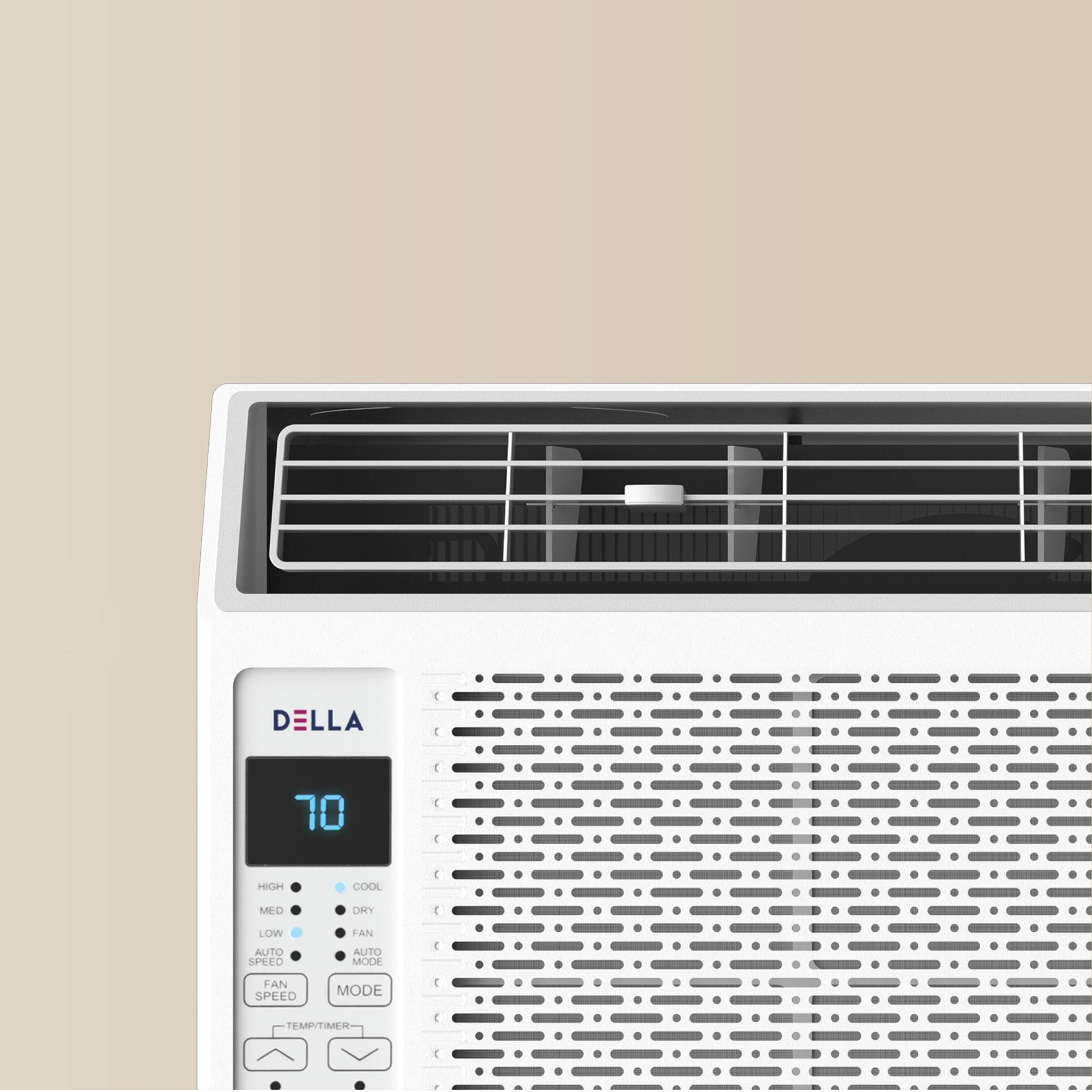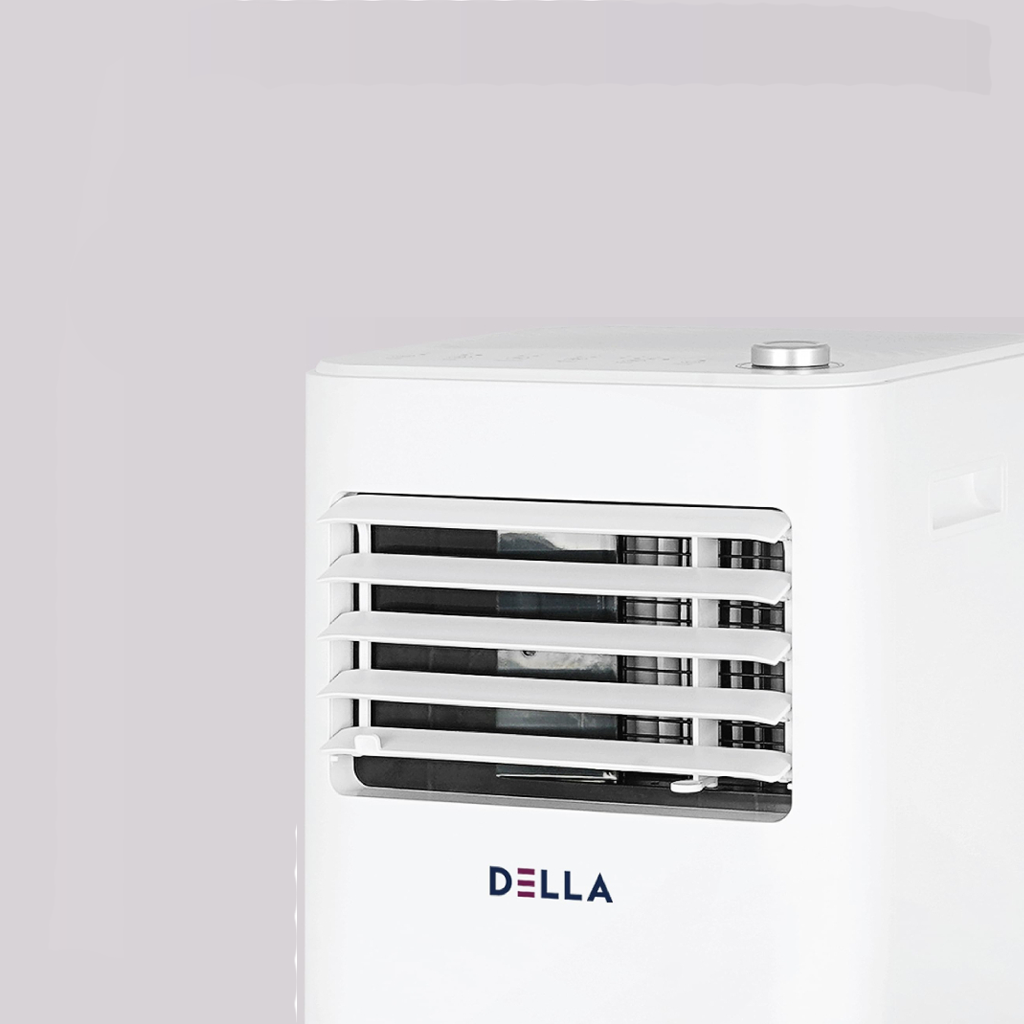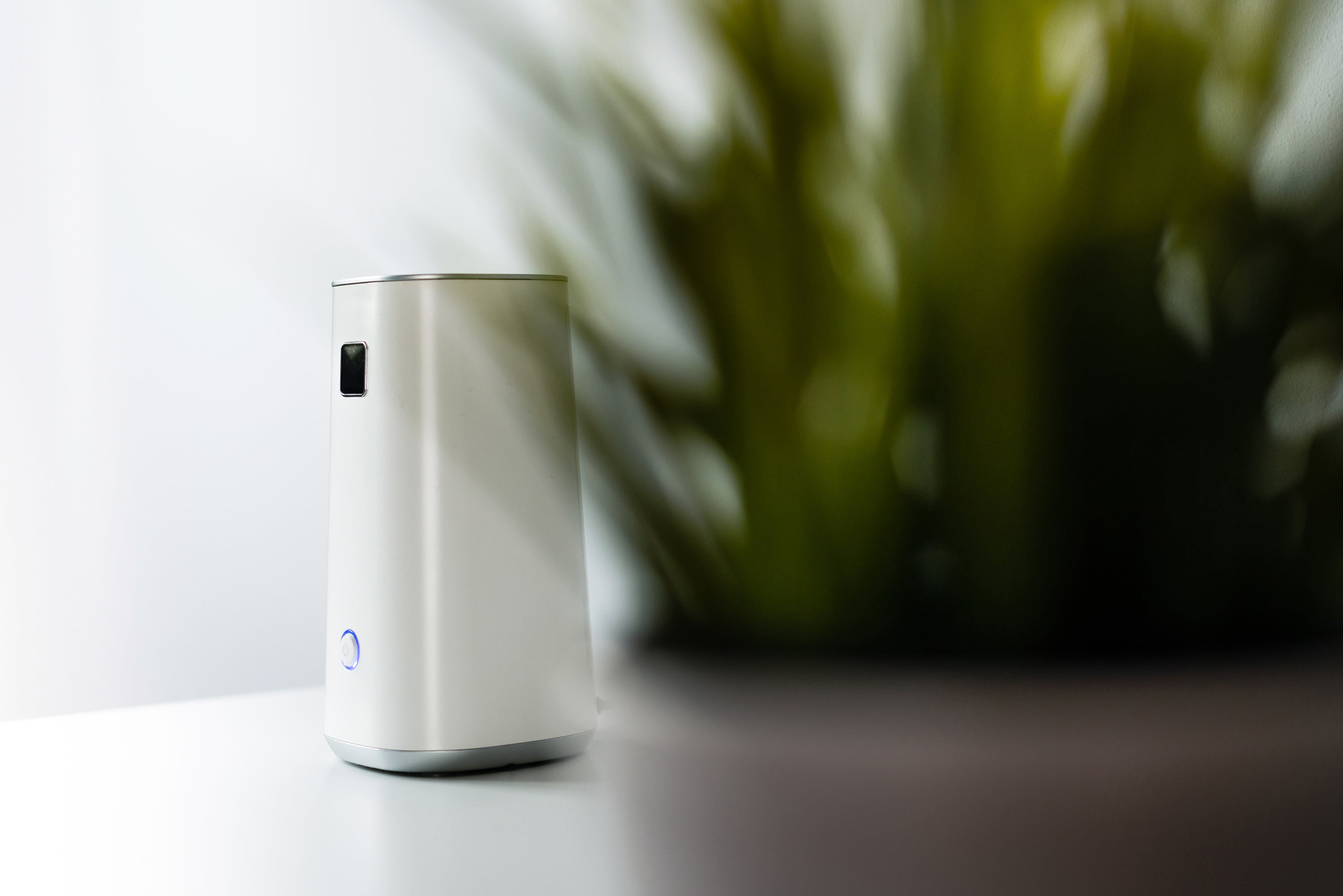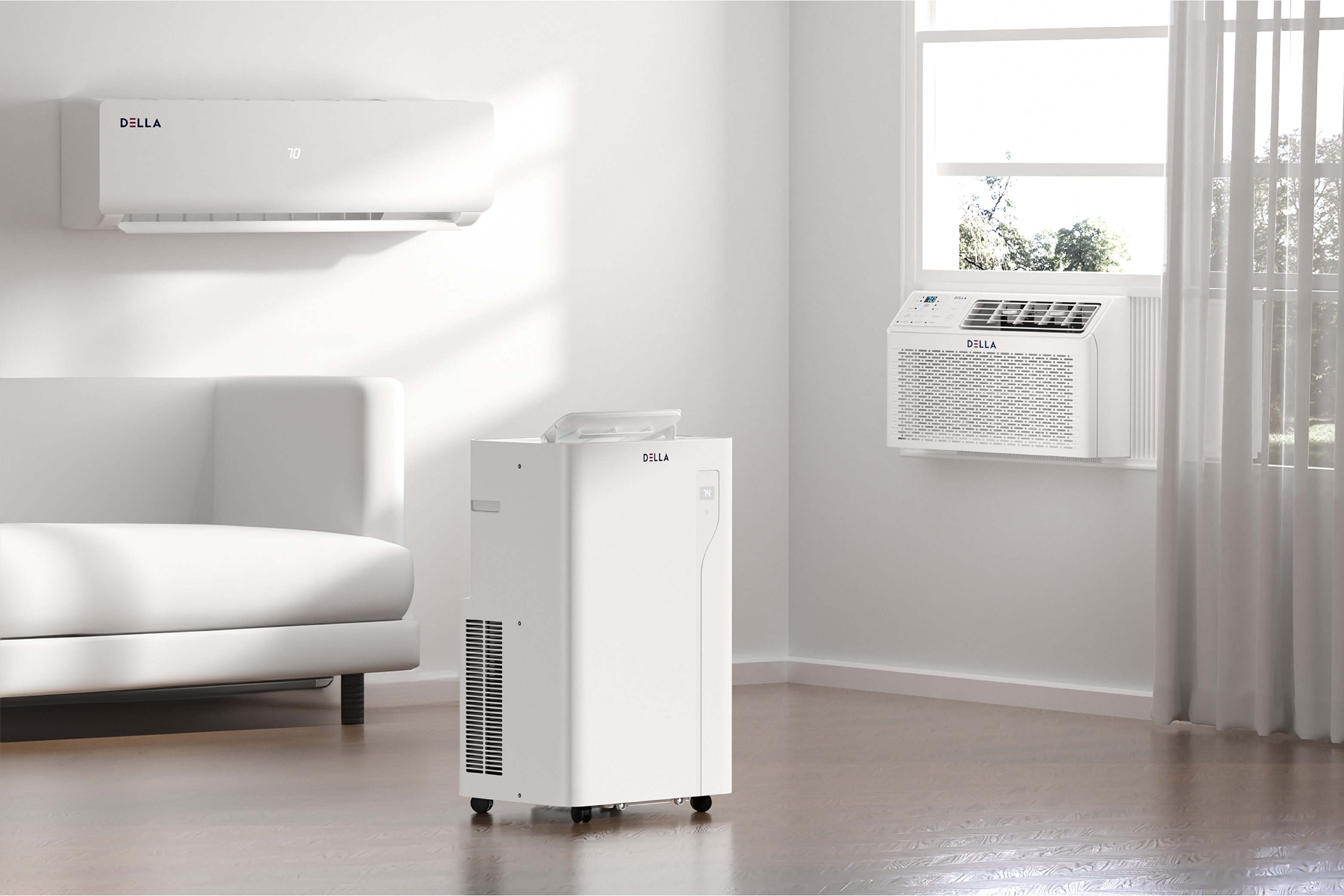With the growing emphasis on air quality, air purifiers are becoming essential household appliances. Everyone wants to breathe in clean, purified air, free from harmful pollutants and odors. If you have been wondering what air purifiers are and how they work, this article will answer all your questions. In this post, we will be discussing the basics of air purifiers and their benefits. Keep reading to learn more.

A generic air purifier operates by employing a series of advanced filtration and purification technologies to enhance indoor air quality. The process typically begins with a pre-filter that captures larger particles like dust, pet hair, and lint. Subsequently, the air passes through a High Efficiency Particulate Air (HEPA) filter, which efficiently traps microscopic particles such as allergens, pollen, and fine dust. Some air purifiers also incorporate activated carbon filters, which effectively absorb odors, volatile organic compounds (VOCs), and chemicals.
In more advanced models, a combination of ultraviolet (UV) light and photocatalytic oxidation is employed to neutralize airborne pathogens and bacteria. The purified air is then released back into the environment, ensuring a healthier and more breathable indoor atmosphere. Furthermore, a generic air purifier serves as a valuable tool in reducing allergens, pollutants, and contaminants.
History and Evolution of the Air Purifier
According to Air Health, air purifiers have been paramount in filtering out particles like dust, pollen, and germs from the air for over 170 years, and their history is as captivating as their functionality. Tracing back to 1848, the journey of air purification began when Lewis P. Haslett introduced a device using moist wool and a clapper valve. However, it was the HEPA filter that revolutionized the field.
The history of the High-Efficiency Particulate Air (HEPA) filter can be traced back to how “HEPA filter technology was first designed and created in the 1940s by the US Army Chemical Corps and National Defense Research Committee.”
By the time of the Manhattan Project in 1942, the need for a filter to protect workers from hazardous radioactive particles was of the utmost importance. Drawing inspiration from the British gas mask and absolute filter projects, the U.S. Army Chemical Corps and the National Defense Research Committee, with the assistance of Nobel Laureate Irving Langmuir, developed the first HEPA filter.
As a result, “these gas masks were developed to contain a special type of complex paper made from asbestos and cellulose fibers that filtered out airborne toxins, keeping the soldiers safe during gas attacks.”
Although the filter didn't shield against radiation, it was adept at countering threats like chlorine gas, mustard gas, and flamethrowers. Furthermore, “they were originally referred to as ‘absolute filters’ because of their effectiveness in these extreme situations and environments. This term became a registered tradename and so the generic term ‘HEPA’ started being used after 1950.”
After the war, HEPA filters found utility in various applications, including vacuum cleaners, due to their efficiency in capturing airborne particles. The rise in air quality concerns in the U.S. led to the Clean Air Act in 1963, further propelling the popularity of HEPA home air purifiers in subsequent decades.
How Does a Home Air Purifier Work?
Air purifiers work by pulling in air from the environment, filtering it through the purification system, and then releasing the clean air back into the room. The most common, tried and true purification system consists of a pre-filter, a HEPA filter, and an activated carbon filter. The pre-filter captures large particles such as pet hair and dust. The HEPA filter captures smaller particles such as pollen and pet dander, while the activated carbon filter neutralizes odors and gas molecules. Some advanced air purifiers also come with ionizers that release negatively charged ions into the air to attract positively charged particles, such as dust and allergens.
General Features of HEPA Filters in Air Purifiers
When it comes to air purifiers, the spotlight often shines on HEPA filters. According to the United States Environmental Protection Agency(EPA), air purifiers equipped with HEPA (High Efficiency Particulate Air) filters “can theoretically remove at least 99.97% of dust, pollen, mold, bacteria, and any airborne particles with a size of 0.3 microns (µm). The diameter specification of 0.3 microns corresponds to the worst case; the most penetrating particle size (MPPS). Particles that are larger or smaller are trapped with even higher efficiency. Using the worst case particle size results in the worst case efficiency rating (i.e. 99.97% or better for all particle sizes).”
The majority of general air purifiers include these parts:
- A fan
- A motor
- At least one filter
- A housing
- Power plug
- Buttons, switches or touch controls
- Different fan speeds
- Child safety lock
- Air quality indicator
- Filter replacement indicator
- A timer
- WiFi connectivity
- Bluetooth
- App compatibility with smart devices
- Voice control integration
- Amazon Alexa or Google Home Assistant friendly
- Remote controls
- Automated timers
- Multiple additional modes
Benefits & Uses of Home Air Purifiers
In an age where health and well-being have taken center stage, the importance of clean air within our living spaces cannot be understated. The quest for the best air purifier has become more than just a trend; it's a proactive step towards safeguarding our health and the health of our loved ones.

According to Amerisleep, the benefits of an air purifier are numerous, including:
- Improved Air Quality: By removing pollutants and toxins from the air, air purifiers improve the overall air quality in the room.
- Reducing Allergy Symptoms: Air purifiers also help to reduce allergy symptoms such as sneezing, itching, and runny nose by removing allergens such as dust and pollen.
- Better Sleep: With cleaner air, you can breathe in better quality air, leading to better sleep.
- Reduced Asthma Triggers: By removing allergens and irritants from the air, air purifiers help to reduce asthma triggers and manage breathing difficulties.
- Improved life expectancy.
- Reduced airborne diseases.
- Neutralizes odors.









